I'm trying to adjust the "displayName" of the model being used in an automatically generated Swagger definition.
This will only affect the Swagger names, meaning the namespace in code would be left untouched, whilst when looking at the model from Swagger UI, you'd see a custom name.
Currently, the model name being returned from code is a namespace and looks something like this: b.c.d.e.f, I would like to add an attribute to the code and "mask" the name for the Swagger docs, so that when the documentation / Swagger definition gets generated it'll be displayed as CustomSwaggerName rather.
I have a few API's (C#) using tools that include Swashbuckle (preferred) and SwaggerGen, but right now, I'd just like to get it working in either, if at all possible.
I've tried using attributes that seem to look correct:
[ResponseType(typeof(Company)),DisplayName("NewCompany")]
[SwaggerResponse(200,"NewCompany",typeof(object))]
With no luck. I also browsed the SwashBuckle git repo, hoping to find something.
An image that should help further explain what i'm trying to achieve.

I know this might seem like a strange use case but it's for a tool being written for our AWS API Gateway automation, which will use the Swagger definition for some comparisons.